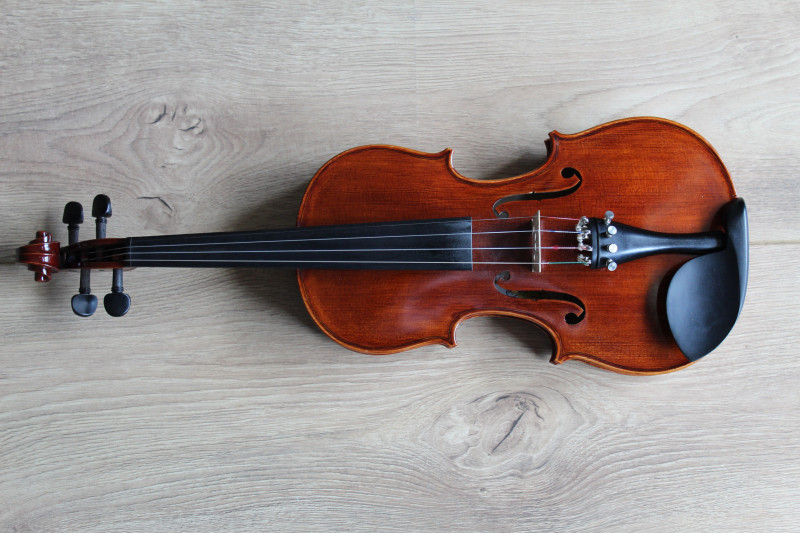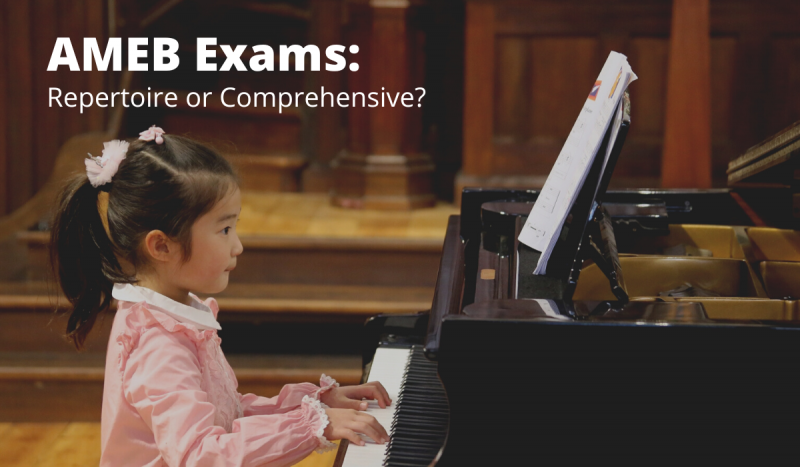
It’s important to make sure that a student has the right sized instrument for their learning. Often when a student does not have the right size, it could lead to bad posture, bad technique and can even cause injury and pain.
We’ve put together a small guide for you to make sure you get the correct size for you. Please also consult a luthier or strings specialist, in order to ensure the violin you are purchasing is the right size.
Sizes for Violins
Violins come in seven main sizes: 1/16, 1/10, 1/8, 1/4, 1/2, 3/4 and 4/4. There are violins that are also 7/8 mainly for adults who prefer just a slightly smaller size.
Some smaller violins can go as small as 1/64 but will generally need to be custom made by a luthier.
Since everyone is physically different regardless if they are the same age, we usually measure whether a violin is the right size for you according to your arm length.
Finding the Right Sized Violin For You
There are many ways to measure whether a violin is the right size for you. We generally would suggest measuring in the following way:
- Hold your violin in playing position and extend your arm out so that the palm of your hand touches the scroll.
- If the scroll is sitting about the middle of your palm, the violin is the correct size for you. You should also notice a slight bend in your elbow when you are extending your arm. Make sure you are not overly exerting or stretching your arm out when you are measuring or tilting your neck back.
- If the scroll of the violin goes beyond the middle of your palm i.e it reaches towards your fingers, the violin is considered too big for you.
- If the scroll of the violin lies in front of the middle of your palm, the violin may be getting smaller for you.
Generally you want to make sure the next size up is the correct size for you before changing violins. Playing the correct sized violin is always best, but it is generally better for you to be playing on a violin that is slightly too small, rather than it being too big for you.
Please also consider:
In some instances especially in younger children, their arm length may be the correct size for a bigger instrument. However, due to their physical strength, some violins may be a little heavy for them to play on. In these cases, it is best to stay on the smaller instrument until they develop more strength to play on the larger instrument. This will prevent injuries and bad posture.
We hope this guide has been helpful for you to find the correct sized violin for you. To help you make the right choice, we highly recommend your purchase your violin from a local luthier or a strings specialist.
continue reading
Related Posts
The Suzuki Violin Method books are one of the most popularly used books in the world for violin students. The Suzuki Method is based on Dr. Shinichi Suzuki’s view that every child is born with
AMEB has a number of structures for students to prepare for their music examination who wish to be accredited for their musical learning. The two most popular examinations are the Comprehensive and Repertoire examinations. Many

